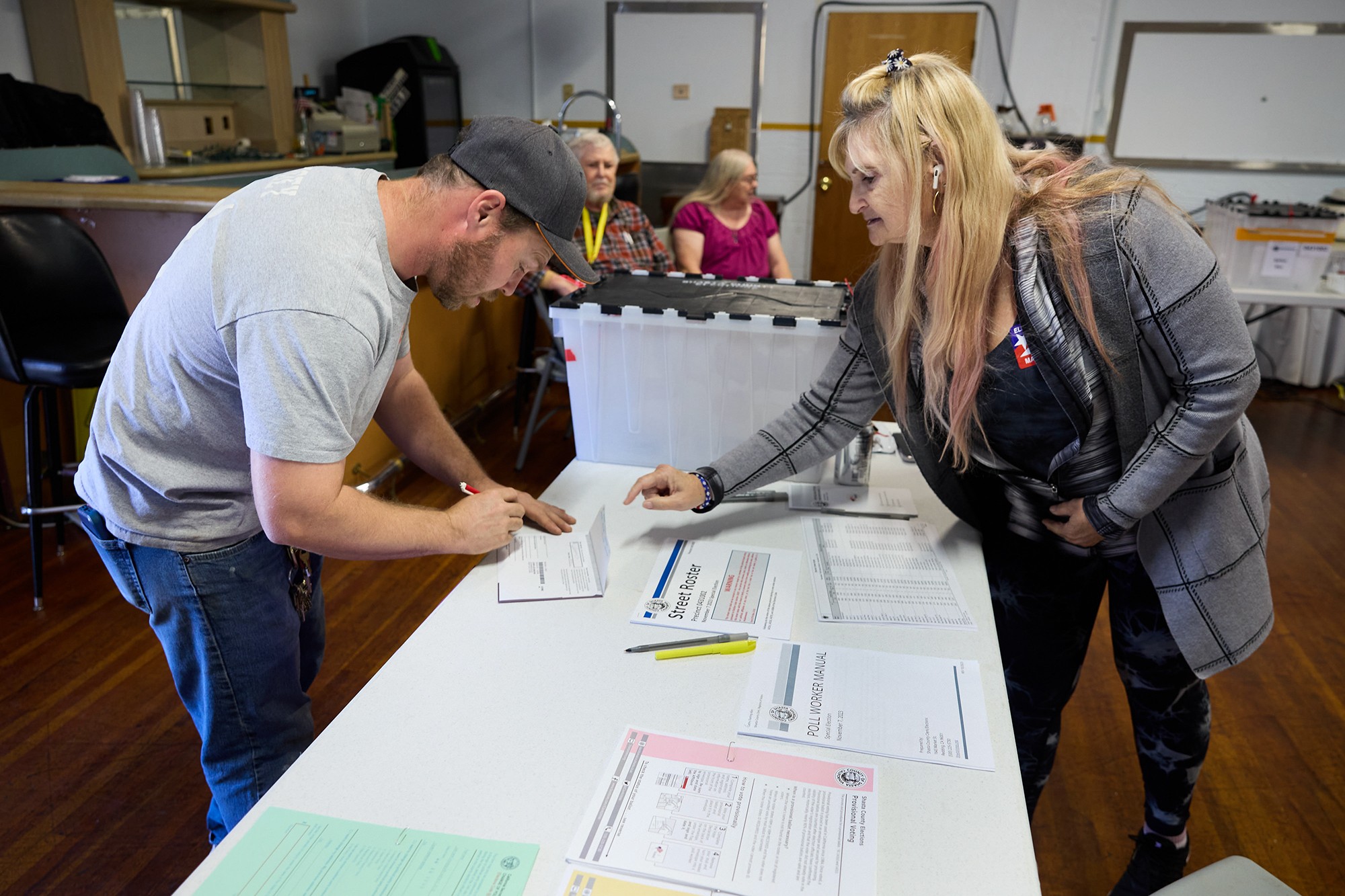California’s vote counting process often stretches weeks after election day, leaving many wondering: Why Is California So Slow To Count Votes? Even weeks after the March 5th primary, thousands of ballots remained uncounted, delaying final results in several close races. While the outstanding ballots represent a small percentage of the total votes cast, the delay raises questions about efficiency and transparency.
The Complexities of California’s Vote Counting System
Several factors contribute to the extended vote count in California. One significant reason is the state’s universal mail-in ballot system, implemented in 2020. While ensuring wider voter access, this system introduces complexities in processing and verification.
Ballots postmarked by election day and received within a week still qualify for counting, extending the intake period. Each ballot undergoes meticulous verification steps to maintain election integrity. This includes signature verification, processing provisional and conditional ballots, and resolving issues with damaged or improperly marked ballots. These procedures, while crucial, are time-consuming.
County resources and staffing levels also play a role. Variances in these areas can significantly impact processing speed. Smaller counties often complete their counts faster, while larger counties, like Los Angeles, face a more substantial workload. Even with over 1.6 million ballots already counted, Los Angeles County still had thousands remaining weeks after the election.
Efforts to Expedite the Process
Recognizing the need for improvement, California has enacted new laws aimed at accelerating the count. One law allows for the immediate scanning of vote-by-mail ballots submitted in person. Another permits electronic communication with voters for signature verification, potentially streamlining a previously lengthy process.
However, these laws are recent, implemented in January 2024. Many counties haven’t fully adopted these changes due to limited time and resources for implementation and training.
Balancing Accuracy and Timeliness
California prioritizes accuracy in its vote counting process, ensuring every valid vote is tallied. This meticulous approach, while necessary for a fair election, inevitably requires time.
The extended counting period can lead to voter distrust and anxiety, particularly in close races. The tension between ensuring accuracy and providing timely results remains a central challenge for California’s election system. Finding a balance between these competing priorities is crucial for maintaining public confidence in the democratic process. While new legislation offers potential solutions, their full impact will depend on successful implementation and ongoing evaluation.
